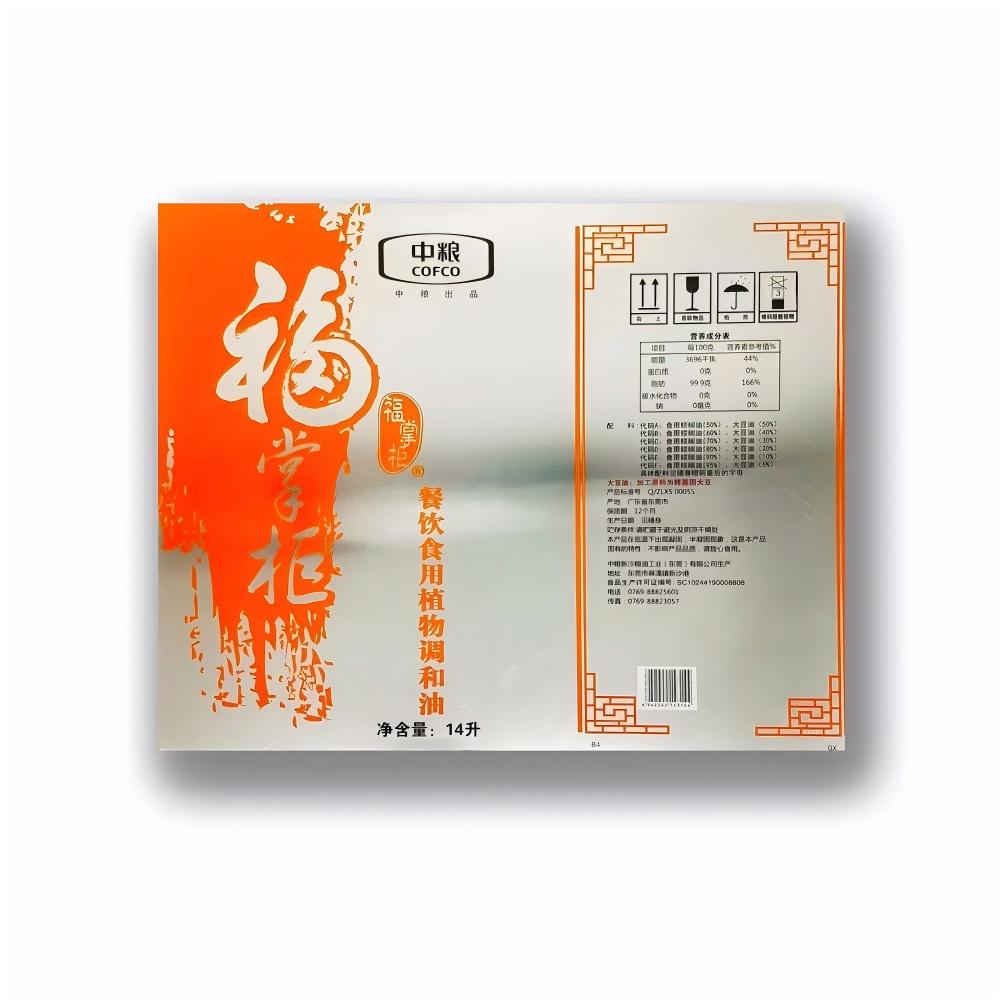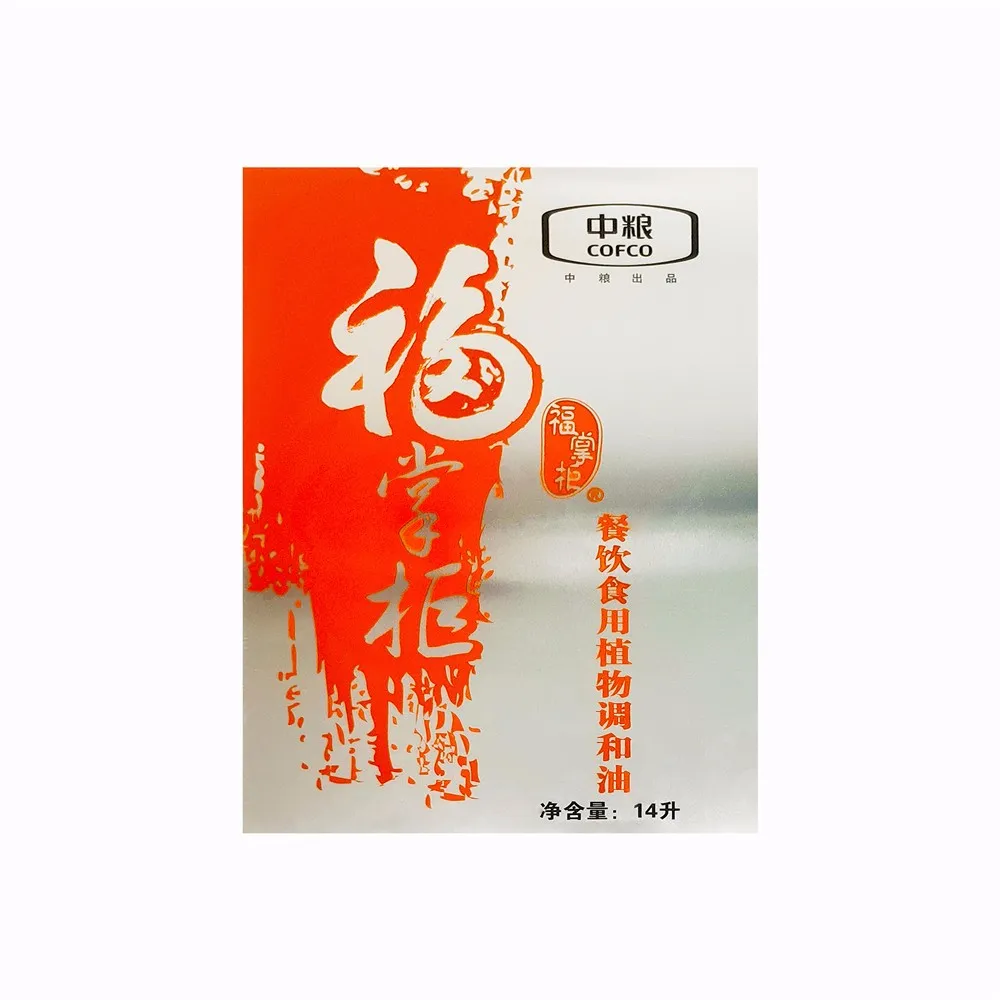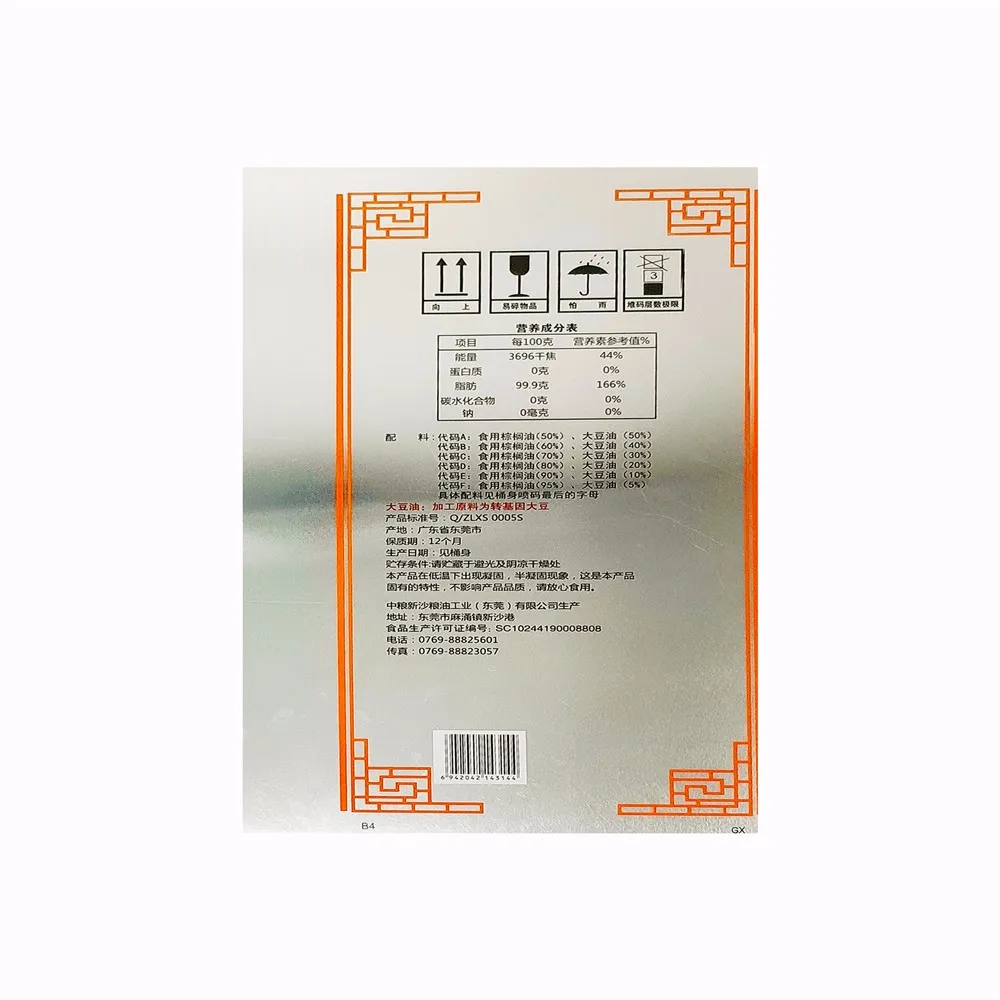In the field of modern food packaging, tinplate food cans have become the first choice for many product packaging. From canned vegetables, juice drinks to candy boxes, milk powder cans, tinplate cans can be seen everywhere. However, with the continuous improvement of food safety awareness, consumers have begun to question the use of tinplate packaging food: Are tinplate cans safe? In the process of storing food, will they produce harmful substances and endanger human health?
This article will explore these issues in depth from multiple aspects such as the material composition, processing process, food contact safety of tinplate cans and their comparison with other packaging materials.

What is a tinplate food can? What is its material composition?
Tinplate is a tin-plated thin steel plate, usually with cold-rolled low-carbon steel plate as the base material, and a layer of tin is plated on the surface of the steel plate by electroplating or hot-dip plating. The thickness of the tin layer generally ranges from a few microns to tens of microns. Although this thin layer of tin film seems small, it is extremely critical to the improvement of material performance. Since tin is a metal with strong oxidation resistance and corrosion resistance, it can effectively protect steel from oxidation and rust when it comes into contact with air and moisture, thereby extending the service life of the can.
The core of this steel plate, low-carbon steel, has good strength and plasticity and is an important basic material for food packaging cans. However, steel alone is not enough to ensure the safe storage of food. The biggest problem with steel is that it easily reacts with chemical components such as acids and alkalis, and then corrodes. Therefore, tinplate has greatly improved its corrosion resistance through the tinning process, making it adaptable to the storage environment of various foods, especially acidic foods such as canned fruit and tomato products.
The role of the tinning layer
The tin layer is the core guarantee of the safety of tinplate cans. Tin is a relatively inert metal that does not react significantly with air, moisture, and ingredients in most foods. This means that under normal use conditions, tin-plated tinplate cans will not affect the taste, color or nutritional content of food. The main functions of the tin layer include:
● Anti-corrosion protection: Tin can effectively block the erosion of air and moisture and prevent the steel plate from rusting. Especially when storing acidic foods, the tin layer plays a protective role and prevents the steel from reacting with the acidic substances in the food.
● Non-toxic and harmless: Tin is a food-grade metal, widely used in food packaging, and meets many international food safety standards. Therefore, tin-plated tinplate cans do not pose a threat to human health.
The role of the internal coating
In addition to the tin coating, many tinplate food cans are also coated with a special protective coating on the inside. This coating is usually made of food-grade synthetic resin or polymer material to further enhance the protective performance of the can body and prevent food from directly contacting the metal. The presence of the coating can not only avoid corrosion of the metal in the can, but also prevent the metal from reacting with food ingredients, thereby ensuring the taste and safety of the food.

Will tinplate food packaging cans produce harmful substances?
Food safety issues have always been one of the focuses of public attention, especially when it comes to food packaging materials. Many people are worried that certain components in the packaging materials may migrate into the food, thereby having adverse effects on human health. So, will tinplate food cans release harmful substances during use? We can analyze from the following perspectives:
Safety of tin
As a traditional food contact material, tin has been used to make food packaging and tableware as early as several centuries ago. After years of research and practical use, scientists generally believe that tin is a relatively safe metal. At room temperature and pressure, the chemical properties of tin are relatively stable and it hardly reacts with the ingredients in most foods. Therefore, under normal circumstances, tin-plated tinplate cans will not release tin into food.
However, if the food in the can is highly acidic or the food is stored for too long, in some extreme cases, tin may dissolve in trace amounts. Even so, the amount of tin dissolved is usually very small and not enough to pose a threat to human health. According to international food standard regulations (such as the EU's food contact material regulations), the amount of tin dissolved in food packaging must be strictly controlled within a safe range to ensure that it does not cause harm to consumers.
Steel and corrosion issues
Although tin has good corrosion resistance, in some cases, especially when the tin layer is damaged or the food is stored for a long time, the steel substrate of the can may be exposed. Steel, especially iron, may oxidize and produce iron ions when in contact with acidic foods. These iron ions may migrate into food, causing discoloration or even a metallic taste.
However, the chance of this happening is low, and the manufacturing process of modern tinplate cans has been able to well control the integrity and thickness of the tin layer, reducing the possibility of direct exposure of steel. In addition, the use of internal coatings further reduces the chance of metal contact with food, thereby effectively avoiding food contamination.
Safety of coatings
In order to further improve the safety of food packaging cans, the inside of tinplate cans is usually coated with a layer of food-grade coating. These coatings often use non-toxic and harmless synthetic resin materials such as epoxy resins and polyester coatings. These coatings have excellent corrosion resistance and can prevent the metal in the can from reacting with food, ensuring the quality and safety of food.
However, some consumers are concerned about the chemical composition of these coatings, especially some early epoxy resin coatings containing bisphenol A (BPA). Bisphenol A is a chemical that was once widely used in the inner coating of plastics and food cans, but later studies have shown that bisphenol A may have an impact on the human endocrine system. In response to these concerns, many countries and regions have imposed strict restrictions on the use of BPA and developed BPA-free coating materials.
The inner coating of modern tinplate food packaging cans mostly meets the requirements of international food contact material regulations to ensure that no harmful substances are released. Consumers can use tinplate canned food with confidence after formal certification.

What are the advantages of tinplate food cans?
Advantages of tinplate food cans:
1. Strong corrosion resistance
2. Good airtightness
3. High strength and impact resistance
4. Environmentally friendly and recyclable
In addition to material safety considerations, the reason why tinplate food cans are widely used in food packaging is that they have many unique advantages.
Strong corrosion resistance
As mentioned earlier, the tin coating and inner coating of tinplate cans work together to greatly enhance their corrosion resistance. Whether it is acidic food, alkaline food, or other foods with more complex ingredients, tinplate cans can provide good protection to ensure that food does not deteriorate during long-term storage.
Good airtightness
Tinplate cans have excellent airtightness, which can effectively block air and moisture from entering the can, thereby preventing food from oxidizing and deteriorating. This is especially suitable for canned foods that need to be stored for a long time. Compared with other packaging materials, such as plastic or paper packaging, tinplate cans have better sealing performance.
High strength and impact resistance
Tinplate cans have higher mechanical strength and impact resistance than glass bottles or plastic containers. They can withstand greater pressure during transportation and storage and are not easily damaged. This not only reduces food losses, but also reduces transportation costs.
Environmentally friendly and recyclable
The environmental friendliness of tinplate cans is also one of the reasons why they are so popular. Steel and tin are both recyclable materials. Used tinplate cans can be re-smelted and made into new steel or other products through recycling processes. This efficient recycling process helps reduce resource waste and environmental pollution, and is in line with the concept of sustainable development.
How can consumers use tinplate food cans safely?
Although tinplate cans undergo rigorous manufacturing processes and food safety testing to ensure safety in most cases, consumers still need to pay attention to some details in daily use to ensure safe storage and consumption of food:
1. Avoid impact damage: Try not to let tinplate cans be hit during transportation or storage, because once the can body is damaged, the tin layer may be damaged, which increases the risk of steel corrosion.
2. Follow the shelf life: Although canned food cans can be stored for a long time, each food has its shelf life. Expired cans may have aging of the internal coating or metal, which affects food safety.
3. Proper storage: Store canned food in a dry, cool place, away from direct sunlight or high temperature environment to extend the shelf life of the food.

